
Celebrating 7 years of The Narwhal — and gearing up for the next 7
Between a fresh take on engagement and our new life on video, our team is...
Ten northern First Nations launched a lawsuit against the Ontario and federal governments Wednesday, arguing that resource extraction on their territories has infringed upon their jurisdiction for over a century.
The communities behind the Ontario Superior Court case are Attawapiskat First Nation, Apitipi Anicinapek Nation, Aroland First Nation, Constance Lake First Nation, Eabametoong First Nation, Fort Albany First Nation, Ginoogaming First Nation, Kashechewan First Nation, Kitchenuhmaykoosib Inninuwug First Nation and Neskantaga First Nation.
The nations are asking a court to find that a long list of federal and provincial laws related to resource extraction are not valid on their territories — and to bar Canadian governments from making any further decisions about how land there could be used without Indigenous consent. If successful, the case could have massive implications for the Ontario government’s plans to jumpstart mining in the north, particularly in the Ring of Fire region, to dig up raw materials for technology like electric vehicles.
“We are putting Ontario and Canada on notice,” Kitchenuhmaykoosib Inninuwug Chief Donny Morris said in a statement.
“No more development — mining, forestry, hydro or any other similar activities without our consent.”
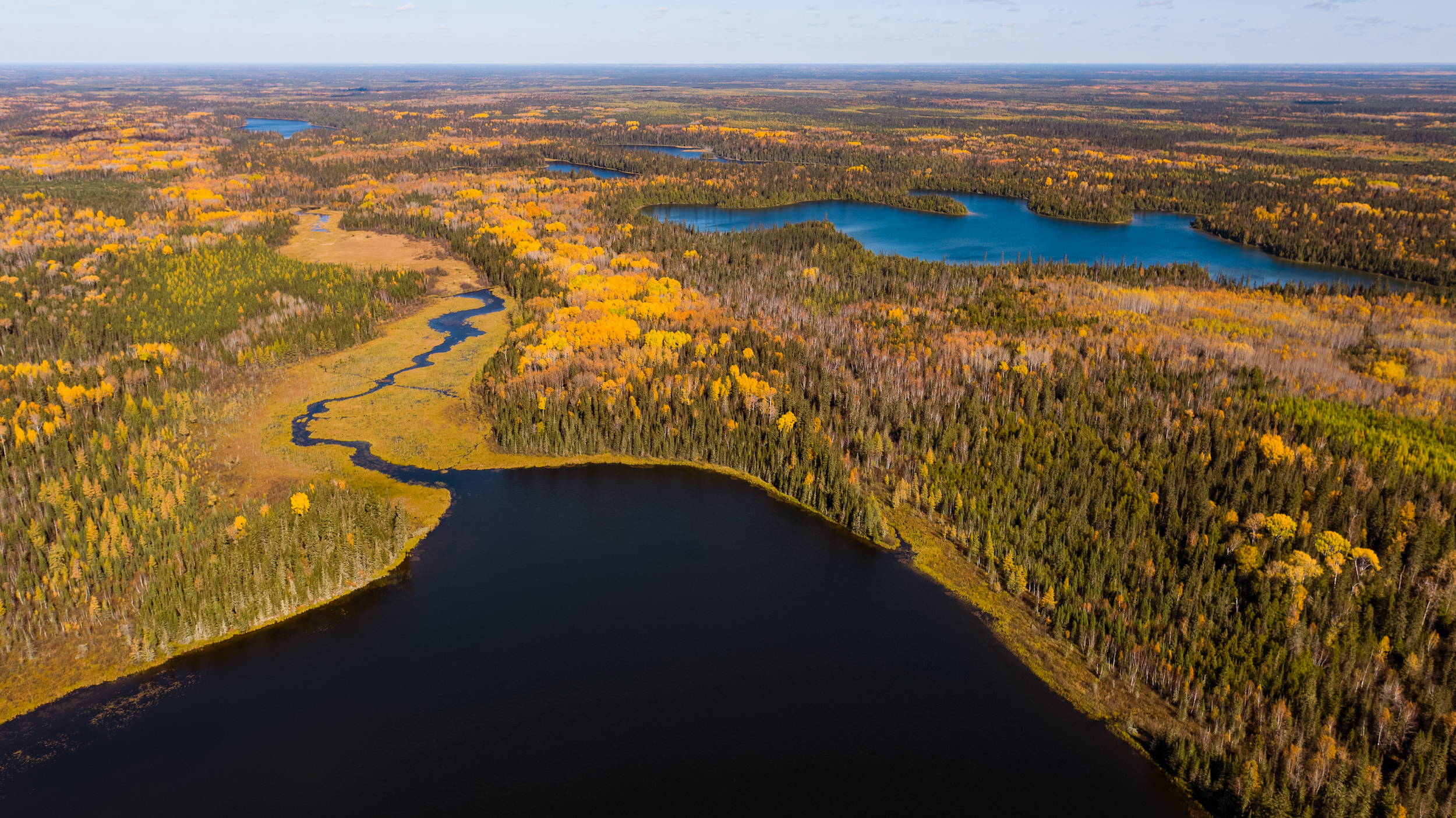
Ontario NDP mining critic Guy Bourgouin confronted the provincial government about the lawsuit in question period Wednesday. “Wake up, premier,” he said to Premier Doug Ford. “These First Nations are suing the government. The First Nations are here and they are saying this government is not collaborating … Will this government respect First Nations rights and get consent?”
Ford didn’t respond but Ontario Minister of Northern Development and Indigenous Affairs Greg Rickford did, saying he wouldn’t comment on matters that are before the courts.
“We’re going to continue to focus on the economic development projects that we hear [about] from community members and Indigenous business leaders who want to transform the region,” he said.
Also during question period, former Neskantaga Chief Wayne Moonias stood up in a public viewing gallery inside the legislature to take his community’s concerns to Ford directly, the second confrontation between the two in a month.
“You come to our traditional territory, you get our free consent,” Moonias said as security ushered him to the exit and Ford sat below, not looking up to where Moonias stood. “You’re not going to come into our community, you’re not going to ravage our river system.”
The office of Crown-Indigenous Relations Minister Marc Miller declined to comment on the suit, saying the federal government is “steadfast in its commitment to work alongside First Nations.”
“Canada always prefers resolving litigation outside the courts, whenever possible,” the statement said. “However, we respect the Treaty 9 First Nations’ decision to take Canada to court, as they see fit.”
Speaking to reporters Wednesday morning, leaders from some of the nations said they aren’t necessarily against the idea of development in their territories. But given the environmental and climate risks that resource extraction can come with, they want a real say in what happens in their homelands.
“We do a lot with industry,” said Mark Bell, a band councillor in Aroland First Nation. “We have mines, we manage forests in our traditional area. But we’ve been able to do that by giving our permission … We do this together or we don’t do it.”
Kate Kempton, a lawyer with the B.C.-based firm Woodward and Company who is the lead counsel on the case, said the lawsuit should also serve as a warning to mining companies seeking to operate in Ontario.
“I suggest to those companies, it’s in their best interest to lobby the Crown governments to tell them to sit down and make co-jurisdiction happen, and then we’ll have certainty.”
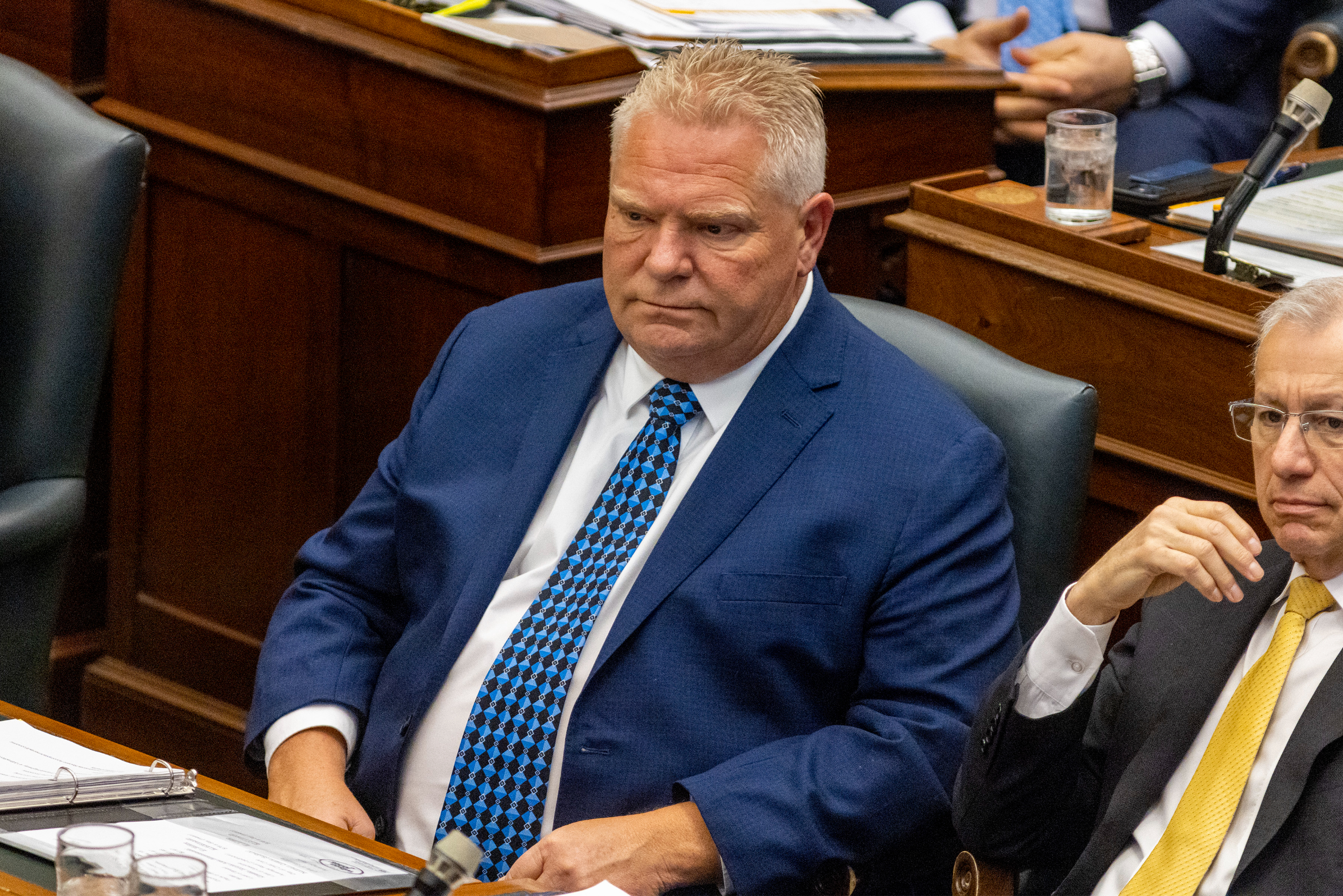
The nations’ lawsuit centres on Treaty 9, which covers the James Bay and Hudson Bay watersheds that make up about two thirds of Ontario. The treaty was tied to resource extraction in the first place: in the late 1800s, leaders in some Cree and Anishinaabe communities in the region began asking to negotiate to protect their rights as settlers interested in mining, logging, trapping and fishing began moving in and occupying the land.
In a series of meetings in the early 1900s, Crown representatives told Indigenous leaders they would retain the right to hunt, fish and trap on their territories. The Crown government could have some governance rights, though not the right to take over. But the terms Crown negotiators actually wrote down in the treaty document — which weren’t translated into Cree or Anishinaabemowin or explained to the Indigenous leaders — were very different. One consequential line in particular said the Crown could take control of “such tracts as may be required or taken up from time to time for settlement, mining, lumbering, trading or other purposes.”
The contrast between the verbal and written promises of Treaty 9 is recorded not just in the nations’ oral histories, but also colonial documents. A Crown representative at the Treaty 9 negotiations, Daniel G. MacMartin, kept a detailed diary during the process — his notes affirm that treaty commissioners told Indigenous leaders their communities would be able to use the land as they always had.
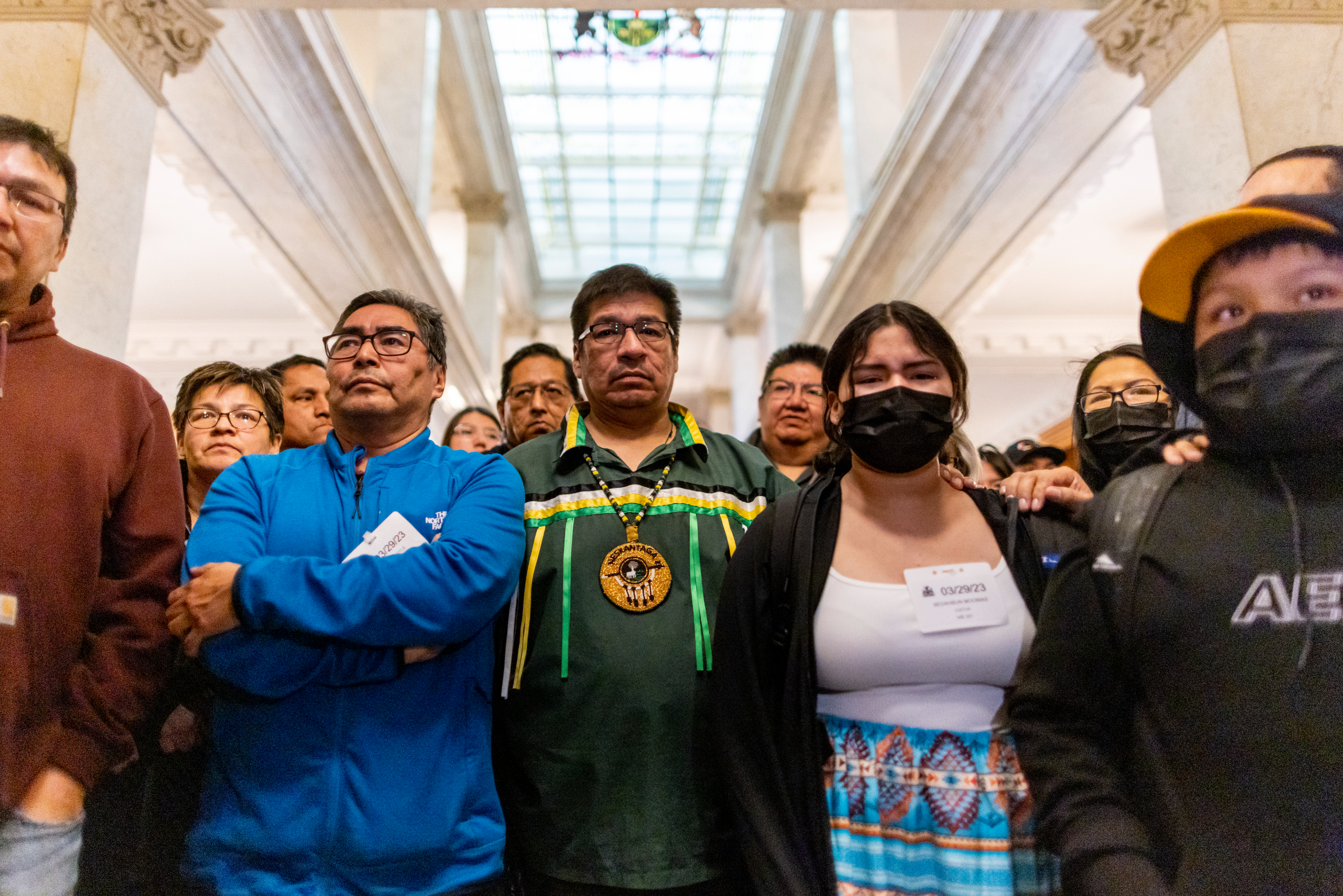
“The evidence is completely on our side, completely and utterly on our side,” Kempton said.
Canadian courts have affirmed in the past that oral promises made as part of treaties are binding, but Crown governments have repeatedly not upheld them.
“Back when Treaty 9 was signed, Canada and Ontario made a written text of Treaty 9 on their own, in their headquarters, before ever talking to us First Nations,” Attawapiskat First Nation Chief Sylvia Koostachin Metatawabin said in a statement.
“They then came to talk to us and made promises and commitments to us orally that we agreed to. This oral agreement is not the written text. After they got us to sign, the Crown held out the written text — which we never agreed to — as the treaty. It never was the actual Treaty and is not now.”
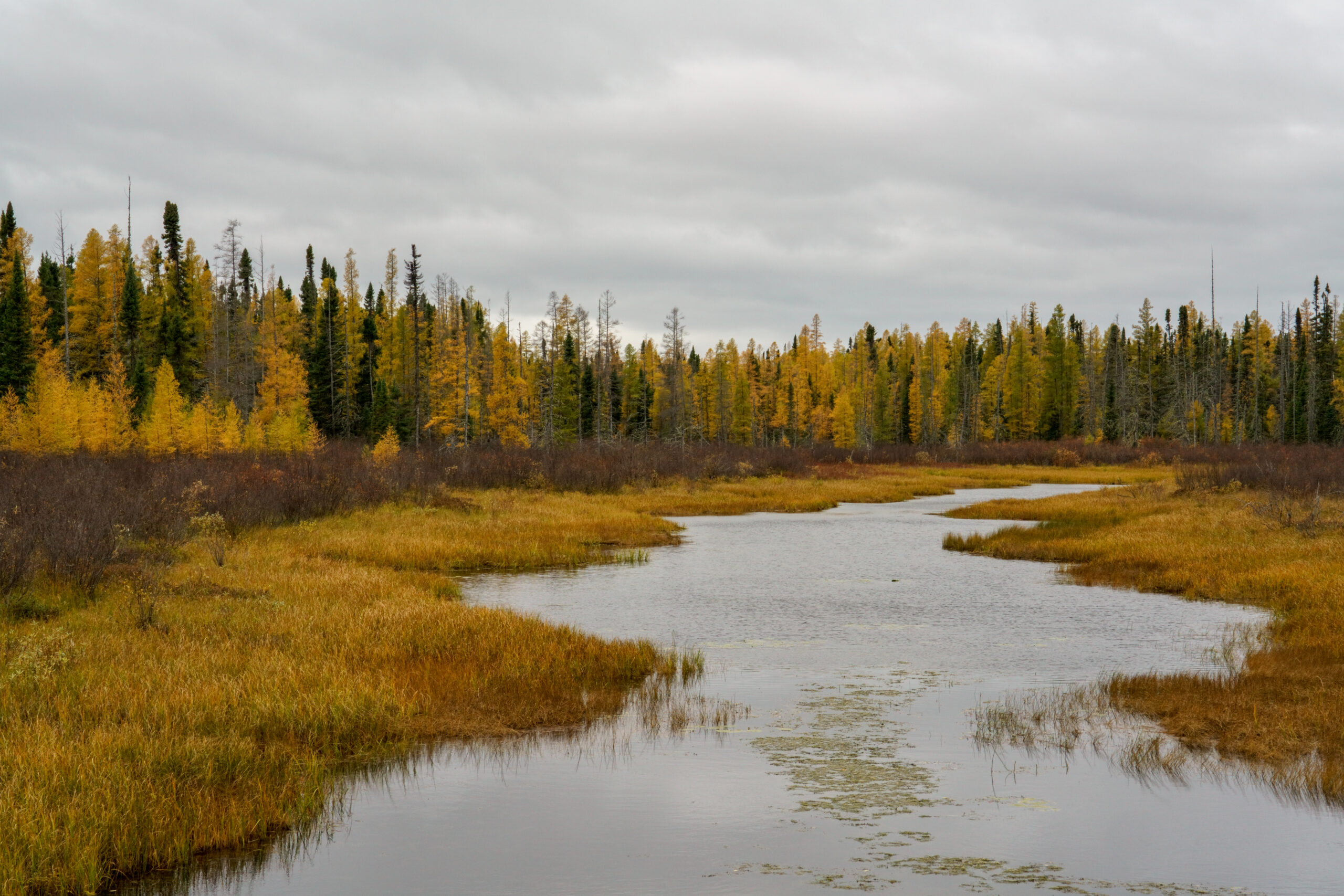
In a draft statement of claim seen by The Narwhal, the nations argue they did not cede or surrender their territories and Treaty 9 did not give the Ontario government the right to allow resource extraction there.
“The Crown’s current understanding on Treaty 9 continues to be a tool of racism and oppression,” Neskantaga Chief Chris Moonias said in a statement. “We never agreed to this.”
Instead, they say, the treaty created a special legal relationship requiring both Indigenous governments and settler governments to consent to resource extraction and development.
Other countries are further along in this process, Kempton said. For example, a 2022 court decision in Ecuador mandated that Indigenous communities there not just be consulted, but specifically consent to extractive projects in their territories. Though the exact details of how a co-jurisdictional regime might work would have to be hammered out, Kempton said, it would have to include oversight by an independent third party.
“This is the most sort of head-on frontal attack to unilateral Crown jurisdiction in Canada,” Kempton said.
“We’re also hopeful that as the next few years go forward and it becomes very apparent how strong the evidence is in our favor, that the Crown governments will agree to sit down and negotiate a co- jurisdictional regime with us.”
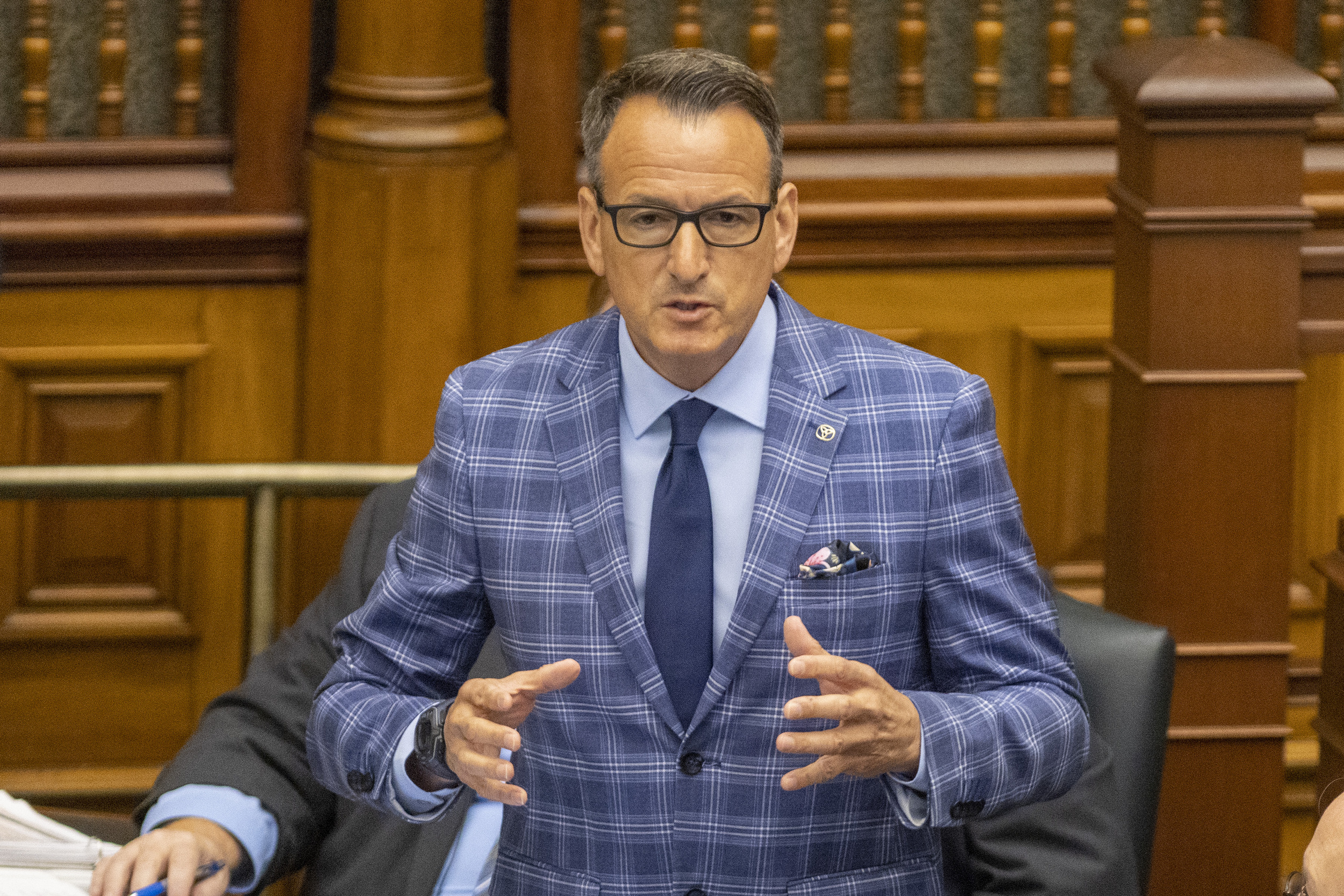
The 10 nations on the suit are also asking Canada and Ontario to pay $95 billion in damages for violating the treaty for the last century. The lawsuit wouldn’t conflict with any other claims by individual nations stemming from Treaty 9, like treaty land entitlements, the draft statement of claim said.
Kempton said the lawsuit isn’t about money, and her first priority is the establishment of a way for Indigenous and colonial governments to work together. But the $95 billion figure was calculated by taking a percentage of the gross revenue Ontario has earned from resource extraction on Treaty 9 land over the last century.
“The unfortunate thing about Canadian law is it converts harm into money,” Kempton said. “It’s a proxy figure. You can’t really value the genocide and can’t really put a number on it.”
Eabametoong First Nation Chief Solomon Atlookan said communities behind the suit are the ones trying to be faithful to Treaty 9 and get all governments to the table.
“We are the ones being reasonable here, proposing solutions for shared decisions. The Crown continues to fight us and repeat half-truths.”
Updated on April 26, 2023 at 5:13 p.m. ET: This story was updated to include quotes and context from a news conference and question period, and to add a statement from the federal government.
Get the inside scoop on The Narwhal’s environment and climate reporting by signing up for our free newsletter. On a warm September evening nearly 15...
Continue reading
Between a fresh take on engagement and our new life on video, our team is...

The public has a few days left to comment on Doug Ford’s omnibus development bill....

115 billion litres, 70 years to fix, $5.5 billion in lawsuits
